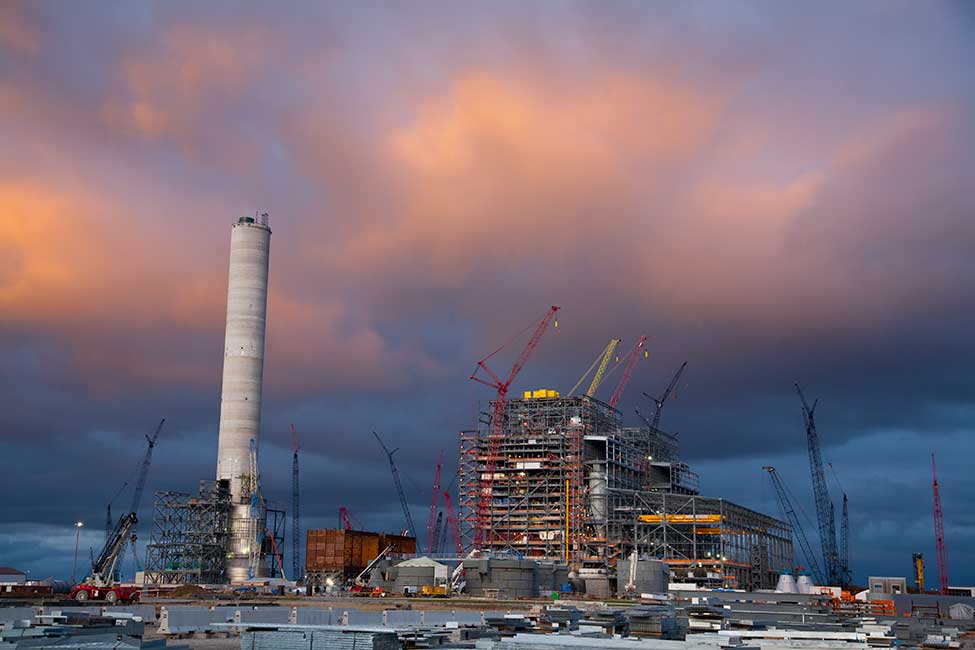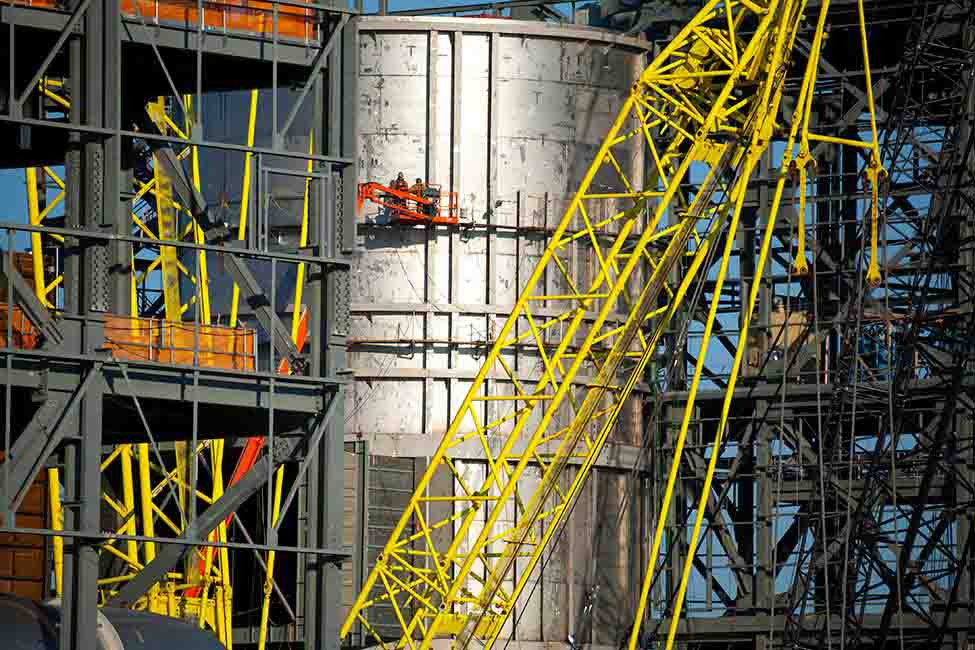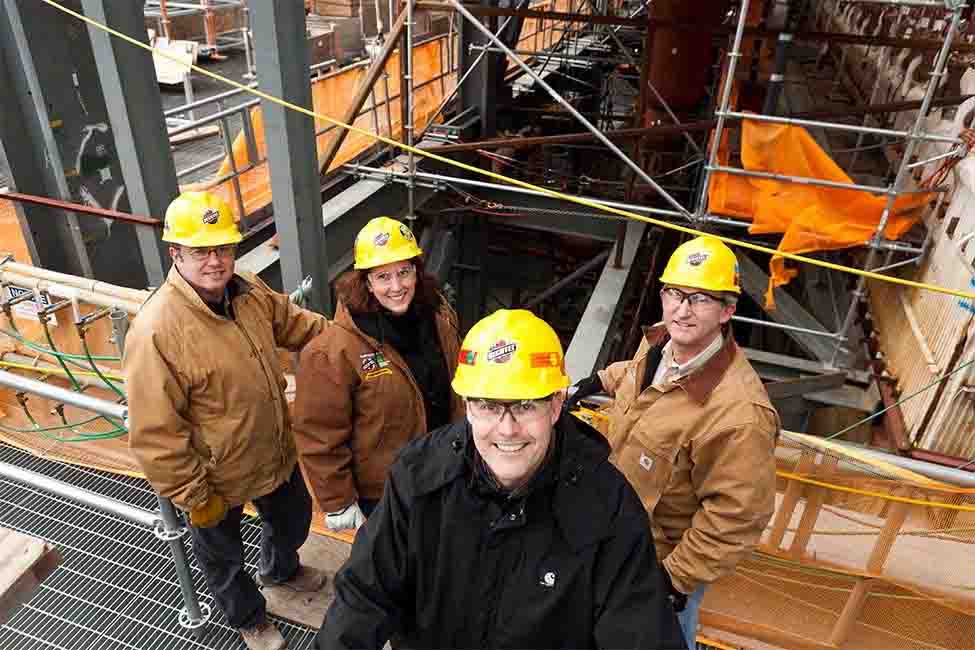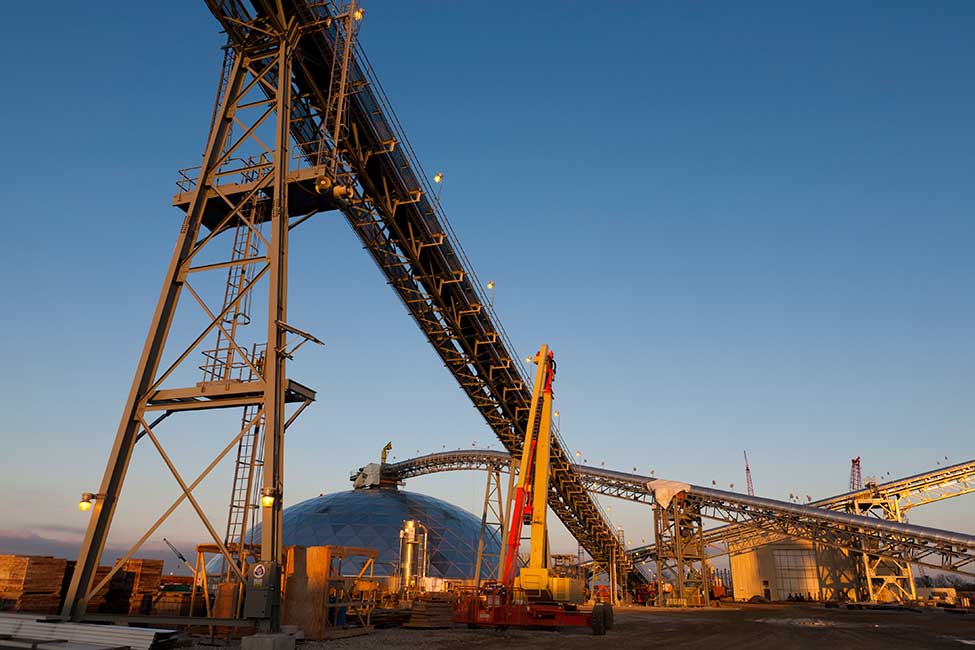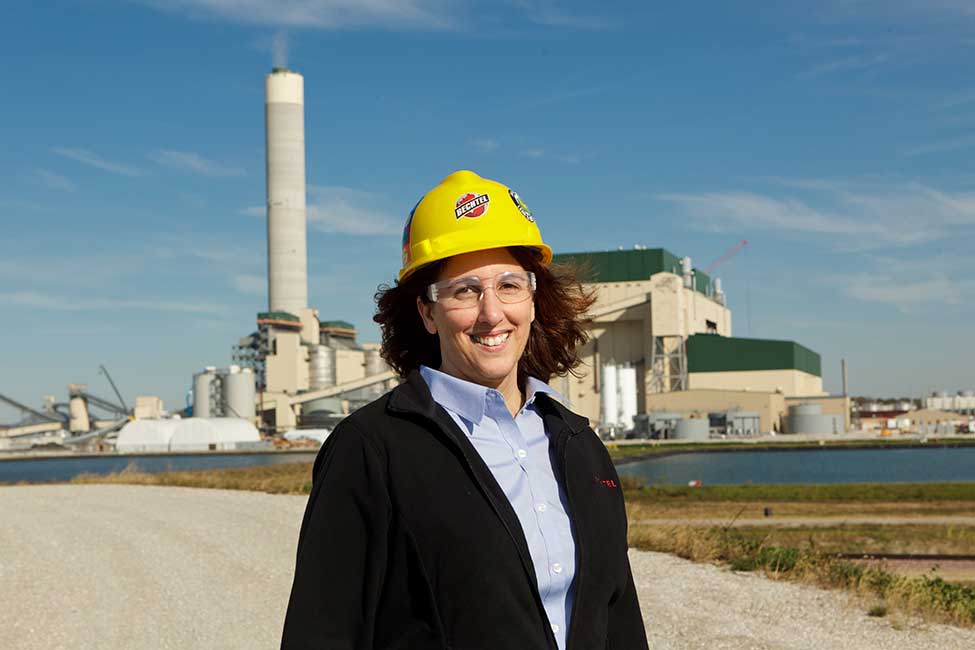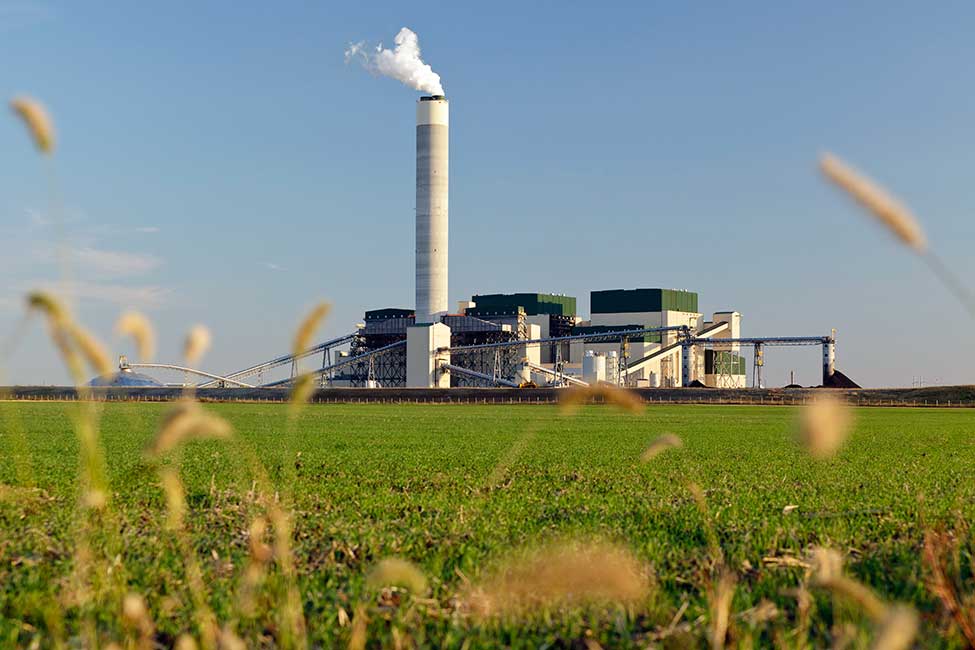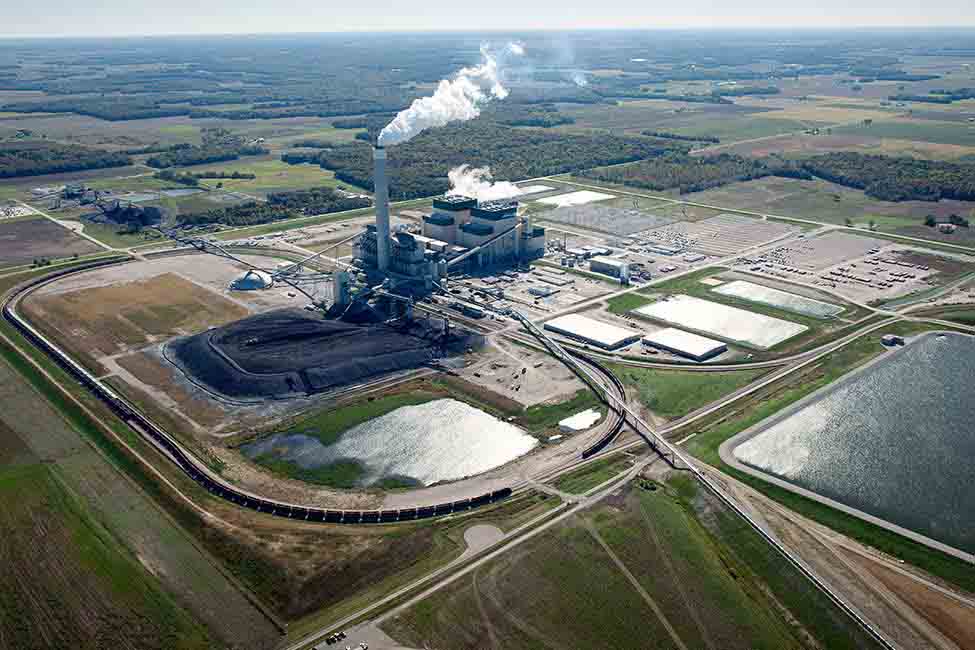Bechtel built the Prairie State Energy Campus, the largest greenfield coal-fired power plant built in the United States since the early 1990s. By combining highly-efficient pulverized coal technology and supercritical (extremely high-temperature and pressure steam cycle) boilers with advanced-emission controls, Prairie State’s carbon-dioxide emissions are 15 percent less than those emitted by comparable plants.
Comprising two 800-megawatt power units southeast of St. Louis, Missouri, Prairie State is fueled by coal from a mine at the site. Electricity from the plant is distributed to eight Midwestern-based public power utilities serving nine states. The utilities, along with coal producer Peabody Energy, own the facility. The power plant has an output capability, which is almost 2 percent higher than its nameplate capacity and almost 2 percent more efficient.
Prairie State commissioned a study by the University of Illinois that estimated Prairie State's economic impact on the region at more than $785 million annually.


